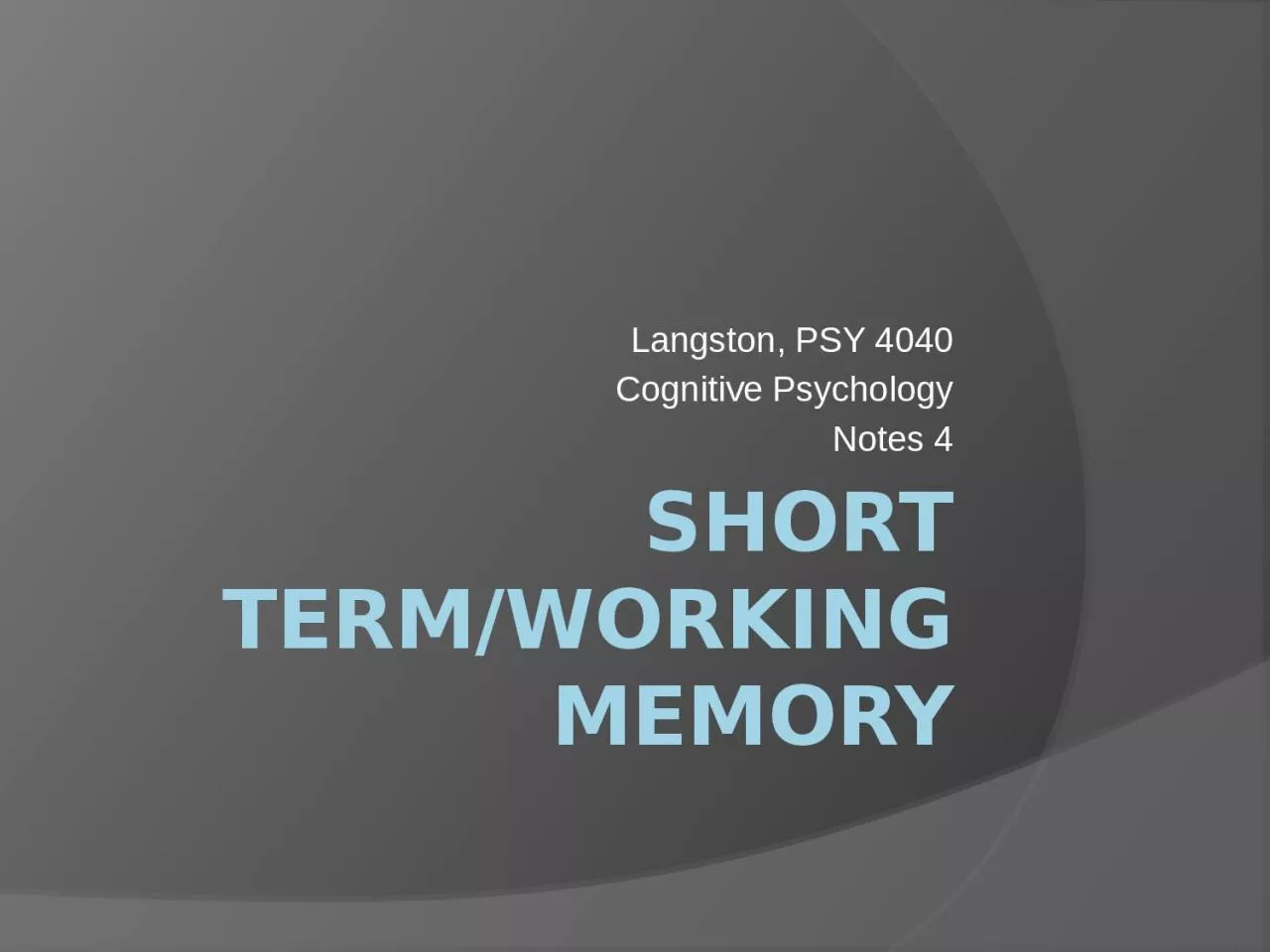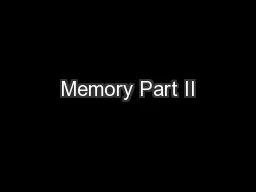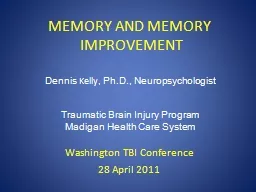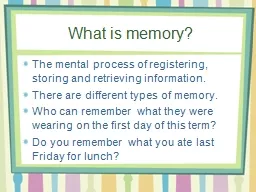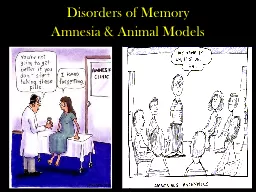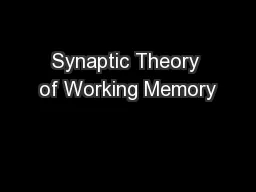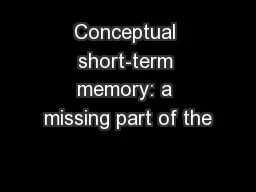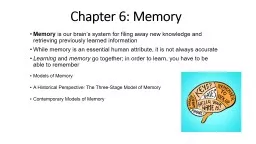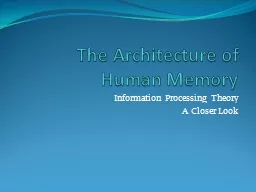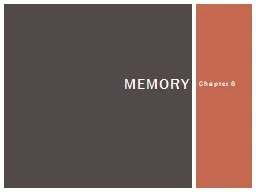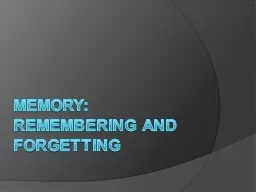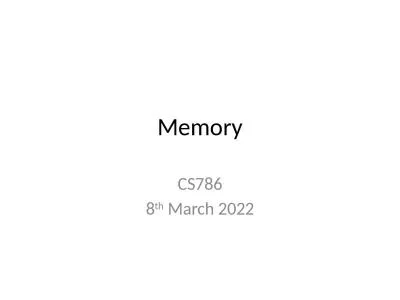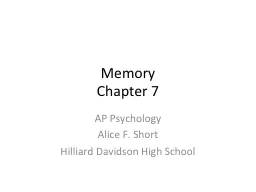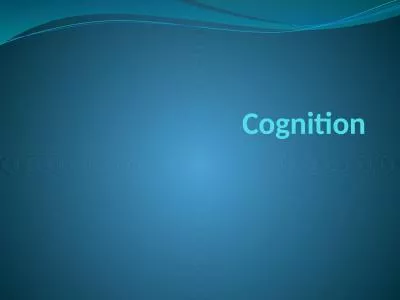PPT-Short Term/Working Memory
Author : oconnor | Published Date : 2022-06-15
Langston PSY 4040 Cognitive Psychology Notes 4 What do these have in common You can still remember details of your tenth birthday party which you don t need but
Presentation Embed Code
Download Presentation
Download Presentation The PPT/PDF document "Short Term/Working Memory" is the property of its rightful owner. Permission is granted to download and print the materials on this website for personal, non-commercial use only, and to display it on your personal computer provided you do not modify the materials and that you retain all copyright notices contained in the materials. By downloading content from our website, you accept the terms of this agreement.
Short Term/Working Memory: Transcript
Download Rules Of Document
"Short Term/Working Memory"The content belongs to its owner. You may download and print it for personal use, without modification, and keep all copyright notices. By downloading, you agree to these terms.
Related Documents

